How Technology is Transforming Packaging Quality Assurance
Baraka • November 21, 2024
How Technology is Transforming Packaging Quality Assurance
Introduction
In today’s fast-paced marketplace, ensuring the quality of packaging is more critical than ever before. With consumers demanding higher standards and regulatory requirements becoming stricter, companies must leverage technology to stay competitive and ensure product safety. This article explores how technology is transforming packaging quality assurance, leading to improved processes, reduced errors, and enhanced customer satisfaction.
Understanding Packaging Quality Assurance
Definition of Quality Assurance
Packaging quality assurance refers to the systematic processes and procedures that ensure packaging materials and methods meet specified standards before products reach consumers. This involves everything from selecting appropriate materials to conducting final inspections.
Importance of Quality Assurance in Packaging
Quality assurance in packaging is crucial because it protects the product during transit and storage while also influencing consumer perceptions of the brand. A failure in packaging quality can lead to damaged goods, dissatisfied customers, and significant financial losses.
The Role of Technology in Quality Assurance
Automation in Packaging Processes
Automation plays a pivotal role in modernizing packaging quality assurance by streamlining repetitive tasks, which reduces the likelihood of human error and increases consistency across production lines.
Smart Inspection Systems
Advanced inspection systems equipped with cameras and sensors can analyze packages as they move through production, identifying defects or inconsistencies that might go unnoticed by human inspectors.
Key Technological Tools Enhancing Quality Assurance
Sensors and Real-Time Monitoring
Integrating sensors into packaging lines allows for real-time monitoring of critical variables such as temperature, humidity, and pressure, ensuring that products are stored and handled under optimal conditions.
Quality Management Software
Quality management software provides a centralized platform for tracking all aspects of quality assurance—from planning to execution—making it easier for companies to maintain high standards consistently.
Benefits of Technology in Quality Assurance
Reduction of Human Error
By automating processes and using technology for inspections, companies can significantly reduce human error, which is often a leading cause of quality issues in packaging.
Increased Operational Efficiency
With technology streamlining operations, businesses can enhance their productivity levels without sacrificing quality, allowing them to meet consumer demands more effectively.

Challenges in Implementing Technology
Initial Investment Costs
While the benefits are substantial, the initial costs associated with implementing new technologies can be a barrier for many companies, particularly small to medium-sized enterprises.
Training Requirements for Staff
Adopting new technologies necessitates comprehensive training for staff to ensure they can effectively operate new systems and tools, which can be time-consuming and resource-intensive.
Success Stories of Technological Implementation
Case Study: Company A
Company A implemented an automated quality assurance system that led to a 30% reduction in packaging defects, significantly improving their customer satisfaction ratings.
Case Study: Company B
Company B adopted smart inspection technology that allowed them to detect packaging flaws earlier in the production process, resulting in fewer returns due to damaged products.
Future Trends in Packaging Quality Assurance Technology
Artificial Intelligence and Machine Learning
The integration of artificial intelligence (AI) and machine learning into quality assurance processes will enable predictive analytics that helps identify potential issues before they arise.
Sustainability and Eco-Friendly Innovations
As consumer demand for sustainable practices grows, companies are increasingly focusing on eco-friendly packaging solutions that also meet quality assurance standards.
Conclusion
Technology is fundamentally transforming the landscape of packaging quality assurance by enhancing efficiency, reducing errors, and ensuring compliance with regulatory standards. As companies continue to adopt these innovations, they will not only improve their internal processes but also strengthen their relationships with consumers by delivering safer, higher-quality products.
What technologies are commonly used in packaging quality assurance?
Common technologies include sensors for monitoring conditions, automated inspection systems, and quality management software.
How does automation benefit packaging quality assurance?
Automation reduces human error by performing repetitive tasks consistently and accurately while increasing overall efficiency.
What challenges do companies face when implementing new technologies?
Challenges include high initial costs and the need for comprehensive staff training on new systems.
How can real-time monitoring improve packaging quality?
Real-time monitoring allows companies to track critical conditions continuously, ensuring products are maintained under optimal conditions throughout the supply chain.
What future trends should we expect in packaging quality assurance?
Future trends include greater use of artificial intelligence for predictive analytics and a focus on sustainable practices within the industry.



